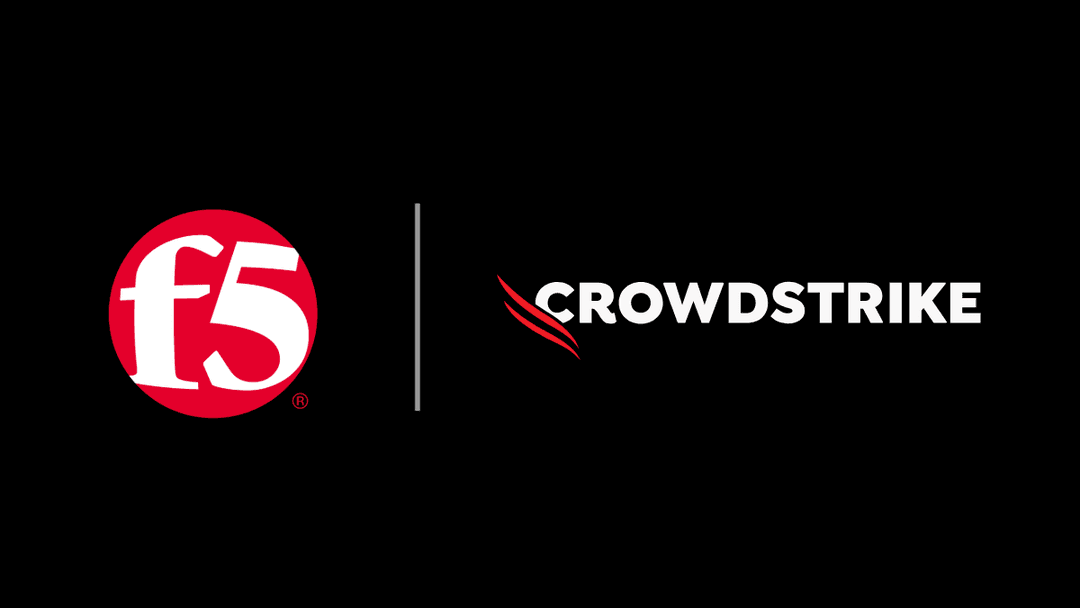As the open finance movement reshapes the financial services sector, F5 has been working closely with our customers and industry partners worldwide toward properly implementing and securing open finance-related APIs. An example of this effort is F5 being a participating member of the Financial Data Exchange (FDX), which is a non-profit organization made up of representatives from the largest financial services organizations in North America, focused on developing the FDX API standard as a common interoperable data standard. Key members of the F5 engineering team regularly attend FDX meetings, and they recently attended the FDX Global Summit Spring 2023 in Raleigh, N.C.
This article will feature key learnings from the event, including our engineers’ takeaways from some of our favorite sessions, including:
- Representing the value of open finance to your organization
- How mortgage banks can leverage open banking technology to better reach and serve the next-generation homeowner
- How companies and regulators can leverage FDX standards and certifications for internal processes and effective oversight
- Journey from OAuth to FAPI – 101
The Continued Importance of API Security in Open Finance
With FDX’s core principles circling around the security and reliability of financial data, the FDX Global Summit sessions did not disappoint. It’s clear that APIs continue to excel over other data-sharing technologies in evolving financial services ecosystems between financial institutions, third-party providers, aggregators, and customers.
The scope of APIs and how to ensure they are all secure came up in many sessions. Using the right security protocols to properly differentiate between bots and humans, along with authentication tooling, were popular areas of discussion. Specifically, how security profiles, like FAPI, fall in line with emerging and evolving compliance and regulatory initiatives continues to be a key focal point.
The many unique scenarios where open finance API security must be considered was one of our engineer’s key takeaways from the event. It’s easy to think of the most common situations of open finance, like how to properly secure P2P transactions, but there are many more to consider, especially as new FinTechs emerge. One area discussed was how mortgage banks can now better reach and serve the next generation of homeowners with modern applications. It was interesting to imagine the new security challenges, like ones associated with authentication, that might emerge in these high-value transactions. Certainly a different type of challenge for consumers from the traditional experience where their hand begins to cramp up from signing so many pages!
Open Finance is Not Just About the Tech
With our engineers being technologists in this ever-evolving cyberworld, it’s easy for them to get caught up in the architecture and tooling around open finance. There’s, no doubt, plenty to go through in this regard. At FDX Global Summit, this was certainly the case, but another key takeaway from one of our engineers was that open finance is not just about the tech. This was covered in one of the keynote sessions with Michael Hsu, titled Acting Comptroller of Currency. Specifically, the session reviewed the macro effects of allowing certain consumer behaviors at scale, and the associated overall impact on the health of the financial sector.
The example provided that piqued our engineer’s interest was the ease of account portability between wealth advisors. Many of us can certainly relate to the idea of switching mobile providers. I mean how easy is it to switch from Verizon to T-Mobile and keep your phone number? So, the question was raised in the session around why shouldn’t consumers be allowed to do something similar between wealth advisors?
The problem is related to the rapidity of switching and the burden that it can put on financial institutions. If loads of consumers removed their funds overnight via quick-switch account portability processes, it would put tremendous financial burden on an institution. An interesting point to consider for sure, as we all embark on these modern financial services offerings. Reminds me of one of my favorite movie quotes from the 1993 blockbuster Jurassic Park: “Your scientists were so preoccupied with whether or not they could that they didn't stop to think if they should.”
What’s Next in Open Finance?
As open finance evolves, it presents an exciting opportunity for greater innovation and collaboration in the financial services industry. It’s great to have organizations like FDX for institutions and technology vendors to partner with and lead the way on API standards. Events like FDX Global Summit ultimately lead to more secure APIs, which provide consumers with the ability to consent to and permit secure fine-grained access by third parties to specific financial consumer data (e.g., balances, transactions) and functions (e.g., payments).
With new open finance API security challenges and regulations on the horizon, like the Personal Financial Data Rights announced last year by the CFPB in the U.S., there are major complexities coming down the pike for financial services organizations to consider. Regardless of what might be changing, there are many exciting driving forces behind open finance, like value added services from FinTechs to enhance our financial lives, including:
- Aggregation of accounts/services at multiple institutions into one place
- Payment initiation
- Financial product comparison
- Banking services not already provided by the institution
- Decisioning/insights based on financial data—such as identity verification, credit serviceability assessment, etc.
F5 partnered with the research analyst firm Twimbit to put together compelling global research around open finance. Check out this infographic to learn more about The State of Open Finance.
About the Author

Related Blog Posts

The everywhere attack surface: EDR in the network is no longer optional
All endpoints can become an attacker’s entry point. That’s why your network needs true endpoint detection and response (EDR), delivered by F5 and CrowdStrike.
F5 NGINX Gateway Fabric is a certified solution for Red Hat OpenShift
F5 collaborates with Red Hat to deliver a solution that combines the high-performance app delivery of F5 NGINX with Red Hat OpenShift’s enterprise Kubernetes capabilities.

F5 accelerates and secures AI inference at scale with NVIDIA Cloud Partner reference architecture
F5’s inclusion within the NVIDIA Cloud Partner (NCP) reference architecture enables secure, high-performance AI infrastructure that scales efficiently to support advanced AI workloads.
F5 Silverline Mitigates Record-Breaking DDoS Attacks
Malicious attacks are increasing in scale and complexity, threatening to overwhelm and breach the internal resources of businesses globally. Often, these attacks combine high-volume traffic with stealthy, low-and-slow, application-targeted attack techniques, powered by either automated botnets or human-driven tools.
Volterra and the Power of the Distributed Cloud (Video)
How can organizations fully harness the power of multi-cloud and edge computing? VPs Mark Weiner and James Feger join the DevCentral team for a video discussion on how F5 and Volterra can help.
Phishing Attacks Soar 220% During COVID-19 Peak as Cybercriminal Opportunism Intensifies
David Warburton, author of the F5 Labs 2020 Phishing and Fraud Report, describes how fraudsters are adapting to the pandemic and maps out the trends ahead in this video, with summary comments.
